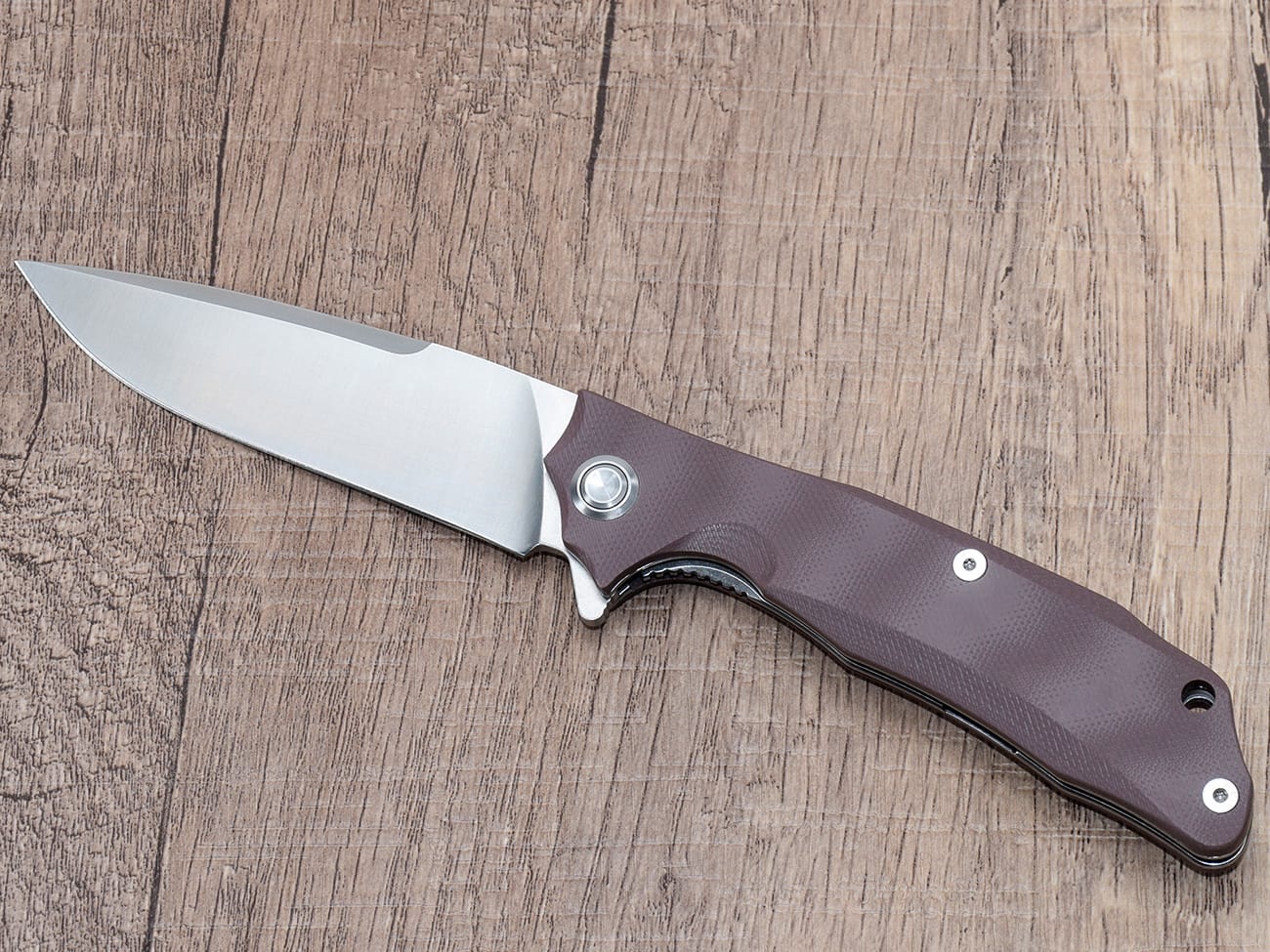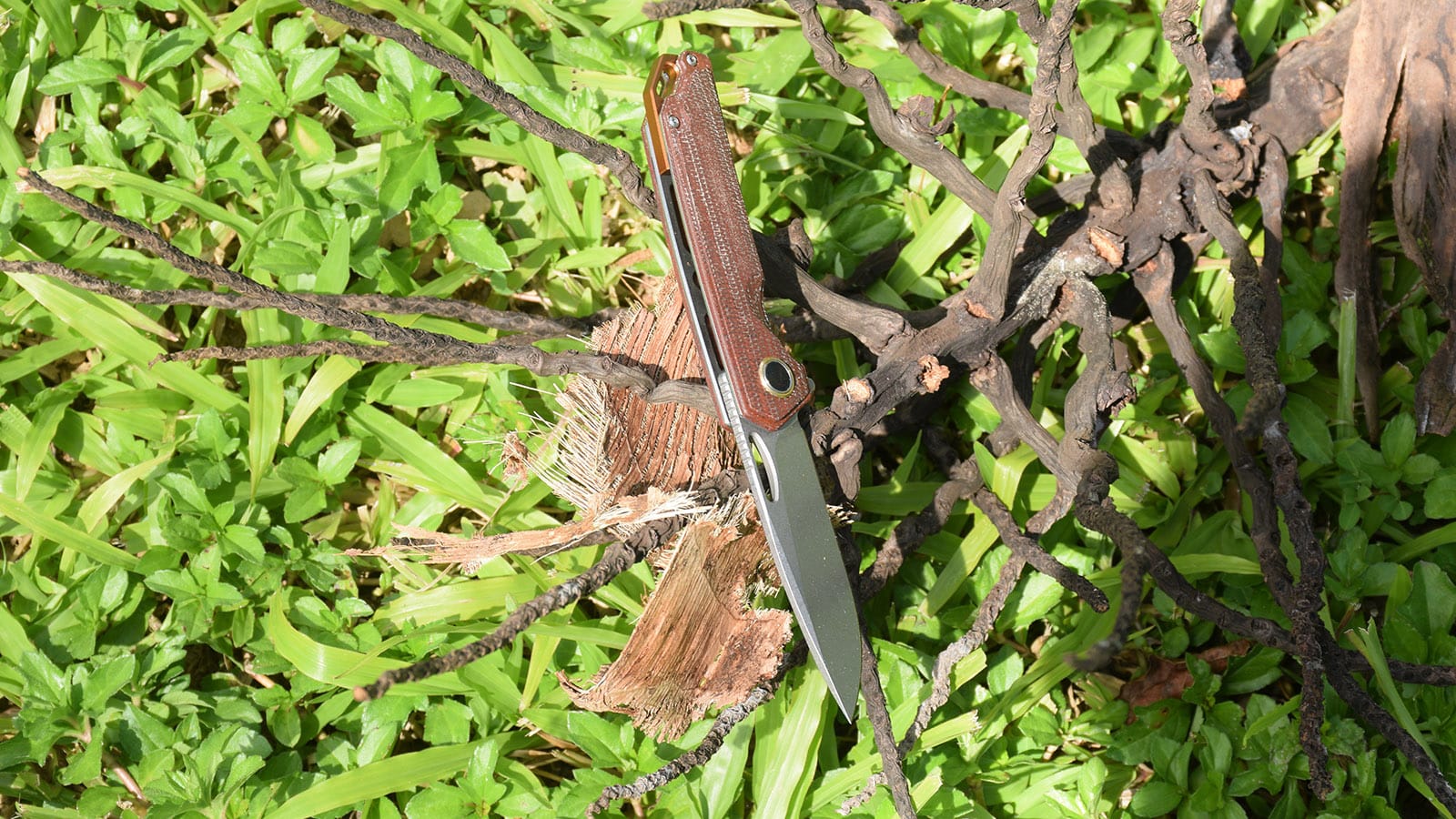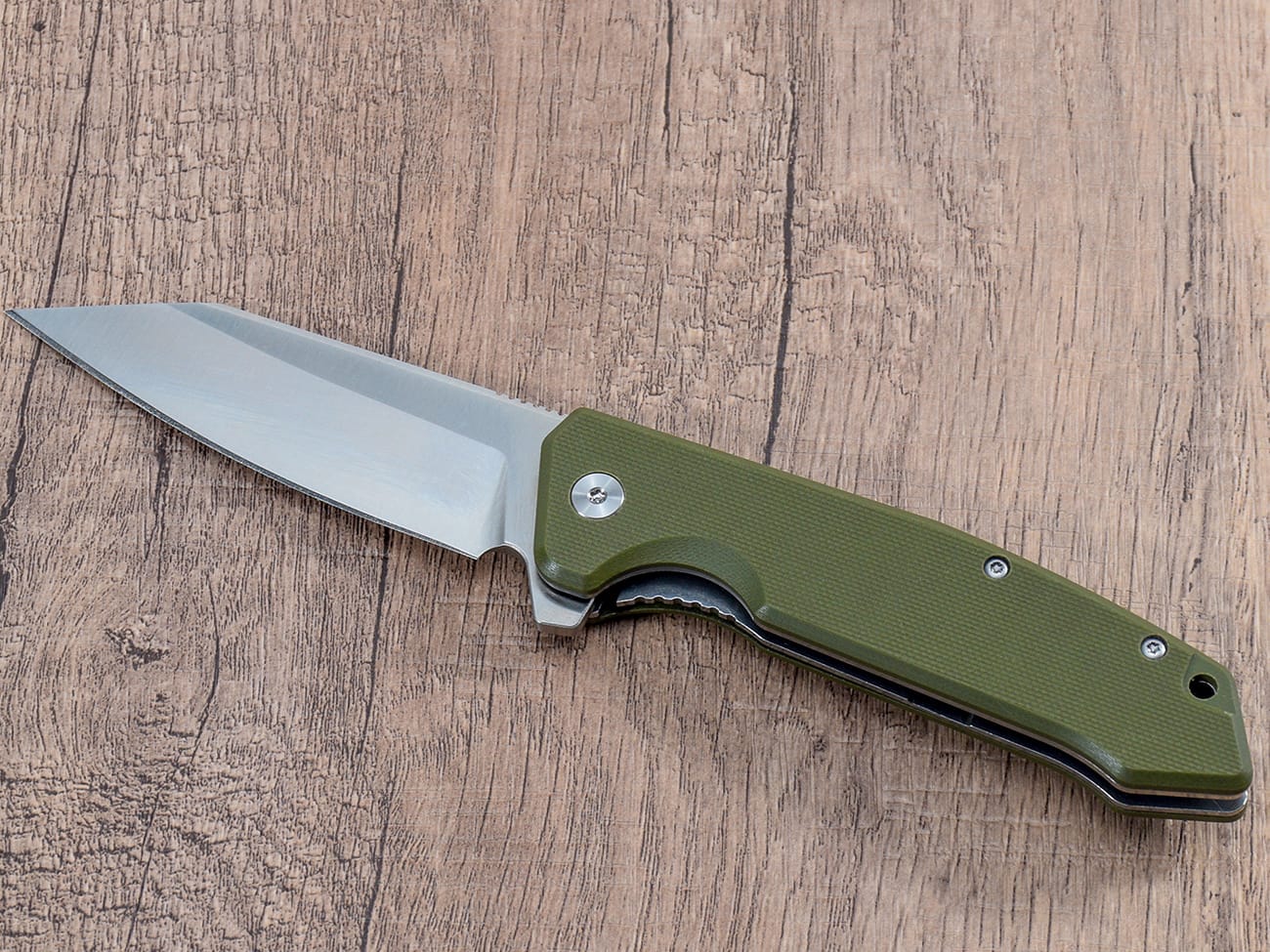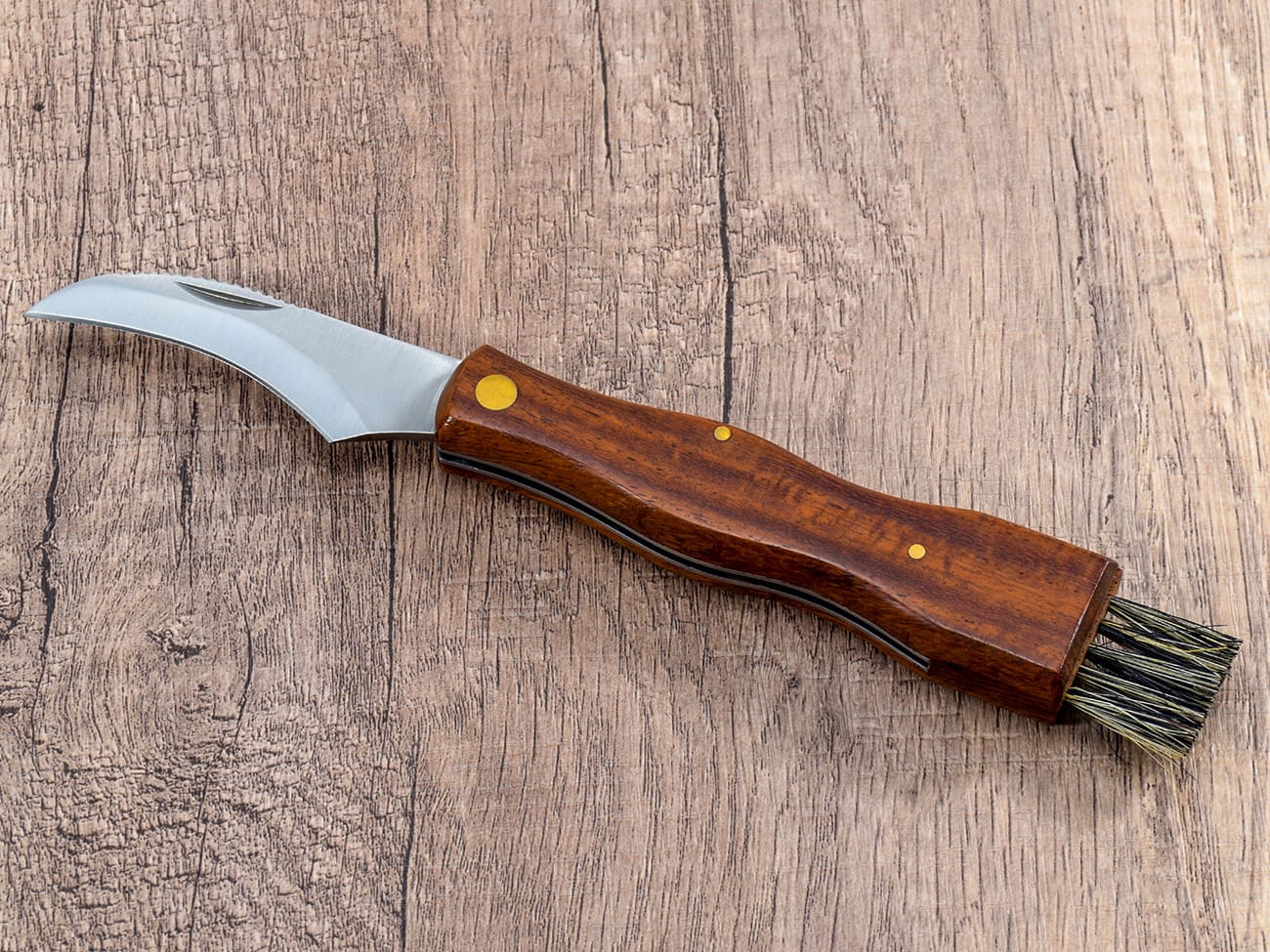Are you frustrated with scratches marring the surface of your favorite pocket knife? Whether you’re dealing with light surface scratches or deeper marks, this comprehensive guide will walk you through various methods to restore your knife’s appearance and maintain its value. Learn professional techniques to remove scratches safely and effectively while preserving your blade’s integrity.
What Causes Scratches on Pocket Knife Blades?
Before diving into scratch removal, it’s important to understand how scratches occur. Most pocket knives, like the custom titanium handle edc folding knife with sanded blade, can develop scratches from:
- Regular use and wear
- Contact with hard surfaces
- Improper storage
- Accidents during cleaning
Essential Tools and Materials Needed
To remove scratches effectively, gather these supplies:
- Sandpaper (various grits from 400 to 2000)
- Polishing compound
- Clean cloths
- Dish soap
- Warm water
- Metal polish
- Buffing wheel (optional)
- Masking tape

3.54 inch G10 handle pocket knife with sanded blade and clip
How Deep Are the Scratches?
Before starting, assess your knife’s condition. The custom d2 steel folding knife with g10 handle and similar models may have:
- Light scratches (surface level)
- Medium scratches (visible but not deep)
- Deep scratches (requiring more intensive work)
- Scratch patterns from previous attempts
Step-by-Step Scratch Removal Process
1. Preparing the Blade
Start by cleaning the blade:
- Use warm water and dish soap
- Clean the knife thoroughly
- Dry completely with a clean cloth
- Apply masking tape to protect the handle
2. Addressing Light Scratches
For minor surface scratches:
- Begin with fine sandpaper (1000 grit)
- Use straight strokes in one direction
- Wipe the blade clean between grits
- Progress to higher grits for final polish
3. Dealing with Deeper Scratches
When working with the d2 steel pocket knife with micarta handle or similar models:
- Start with 400 grit sandpaper
- Work progressively through grits
- Keep the surface wet while sanding
- Check progress frequently
Professional Polishing Techniques
To achieve a mirror finish:
- Apply polishing compound
- Use a buffing wheel if available
- Work in sections
- Maintain consistent pressure
- Clean between applications
How to Prevent Future Scratches?
Protect your custom folding knife with g10 handle by:
- Using proper storage methods
- Regular maintenance
- Careful handling
- Applying protective coatings
Maintaining Your Restored Blade
After removing scratches:
- Apply mineral oil
- Store properly
- Clean regularly
- Inspect for new damage
Common Mistakes to Avoid
When removing scratches, don’t:
- Skip grit levels
- Apply too much pressure
- Rush the process
- Use inappropriate tools
When to Seek Professional Help
Consider professional service if:
- Scratches are extremely deep
- The blade is damascus steel
- You’re working with valuable collectibles
- Previous attempts failed
Key Points to Remember:
- Start with the appropriate grit for your scratch depth
- Work systematically and patiently
- Keep the blade clean throughout the process
- Maintain consistent pressure and direction
- Protect the handle while working
- Use proper finishing techniques
Remember, while removing scratches can improve your knife’s appearance, some wear is normal for working knives. Focus on maintaining functionality while preserving aesthetics.• Always work in a well-lit area • Take your time with each step • Keep safety in mind throughout the process • Document your progress • Test in an inconspicuous area first • Consider the blade’s finish type before starting




